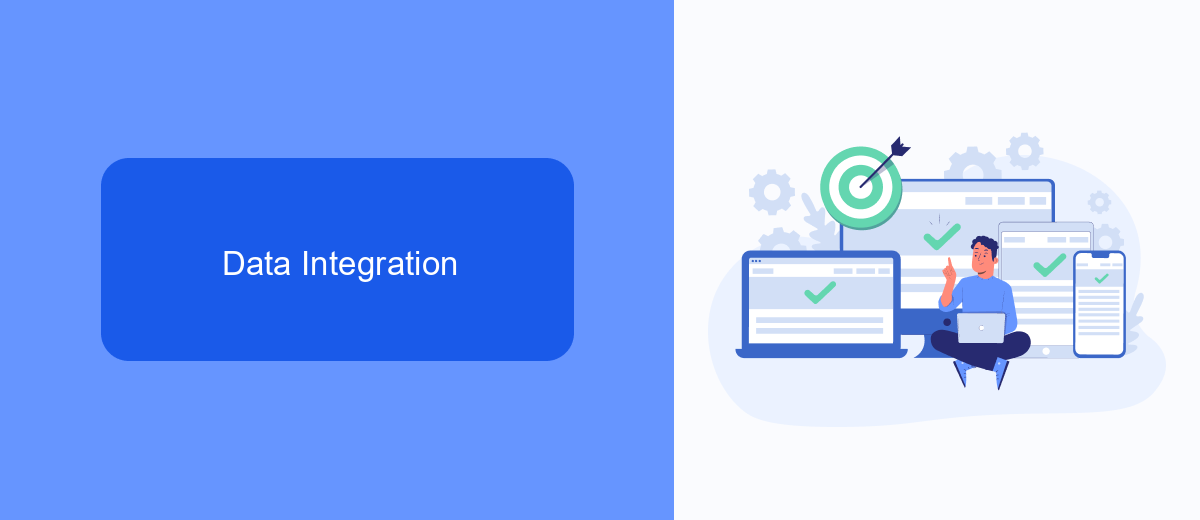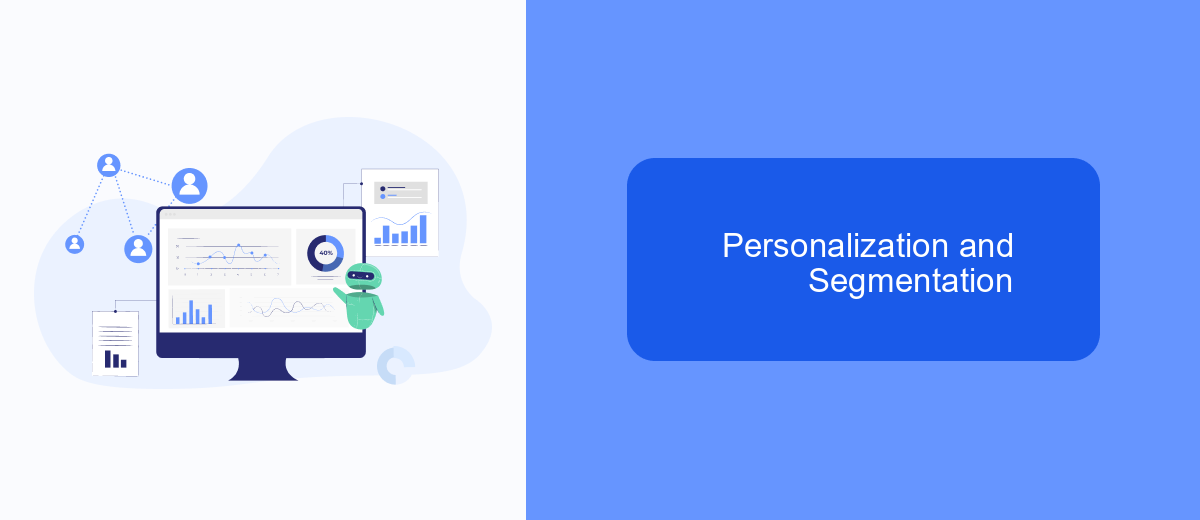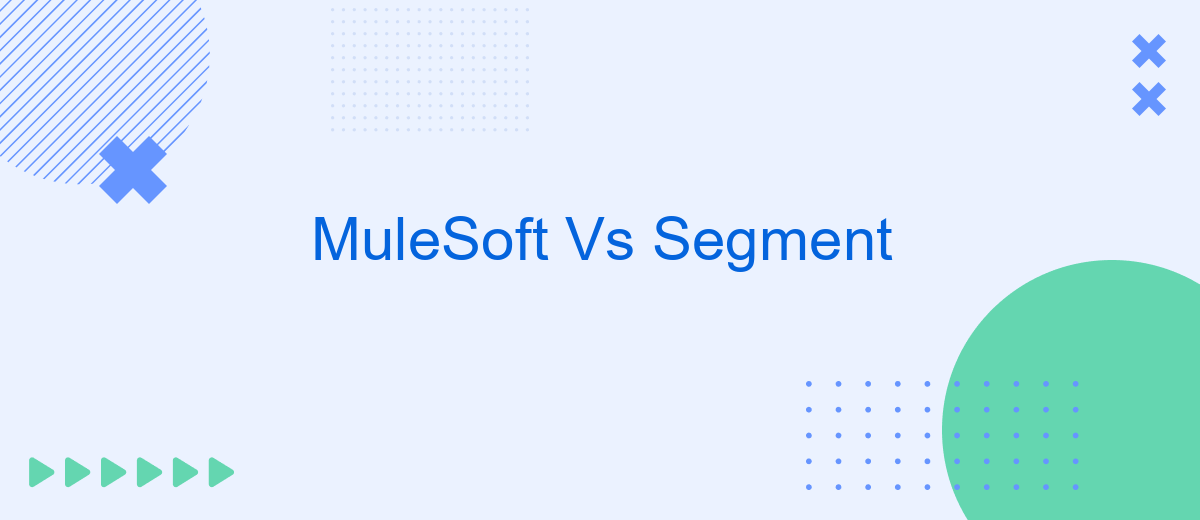In today's data-driven world, businesses rely heavily on robust integration and data management tools to streamline operations and enhance customer experiences. MuleSoft and Segment are two leading platforms offering distinct capabilities in these areas. This article delves into a comparative analysis of MuleSoft and Segment, exploring their features, strengths, and potential use cases to help organizations make informed decisions.
Introduction
In today's data-driven world, businesses rely heavily on efficient data integration and management tools to streamline their operations and enhance decision-making. Two prominent players in this field are MuleSoft and Segment, each offering unique capabilities and benefits. Understanding the differences between these platforms can help organizations choose the right solution for their specific needs.
- MuleSoft: Known for its robust API-led connectivity and integration capabilities, MuleSoft enables businesses to connect various systems and applications seamlessly.
- Segment: Specializes in customer data infrastructure, allowing companies to collect, unify, and route customer data to various tools and platforms.
Both MuleSoft and Segment offer powerful features, but their focus areas differ significantly. While MuleSoft excels in comprehensive integration solutions, Segment is tailored towards optimizing customer data management. Additionally, services like SaveMyLeads can further simplify the integration process by automating data transfers and ensuring seamless connectivity between different platforms, making it easier for businesses to leverage their data effectively.
Data Integration

When it comes to data integration, MuleSoft and Segment offer robust solutions to streamline data flows across various platforms. MuleSoft provides a comprehensive Anypoint Platform that enables businesses to connect applications, data, and devices with APIs. Its extensive library of pre-built connectors simplifies the integration process, ensuring that data flows seamlessly between systems. This approach minimizes the need for custom coding, allowing for quicker deployment and easier maintenance.
On the other hand, Segment focuses on collecting, unifying, and routing customer data across different tools and platforms. It acts as a customer data platform (CDP) that centralizes data from multiple sources, making it easier to analyze and utilize. For businesses looking to further simplify their data integration processes, services like SaveMyLeads can be highly beneficial. SaveMyLeads automates the integration of various marketing and sales tools, reducing manual efforts and ensuring that data is consistently synchronized across all platforms. This can enhance the efficiency of both MuleSoft and Segment implementations.
Customer Data Management

Effective customer data management is crucial for businesses aiming to optimize their marketing strategies and enhance customer experiences. MuleSoft and Segment are two prominent platforms that offer robust solutions for managing and integrating customer data. Each platform has its unique strengths and capabilities, making them suitable for different business needs.
- MuleSoft: MuleSoft provides a comprehensive integration platform that allows businesses to connect various applications and data sources seamlessly. It offers advanced API management, data transformation, and real-time data processing capabilities.
- Segment: Segment focuses on customer data infrastructure, enabling businesses to collect, unify, and route customer data to various tools and platforms. It simplifies the process of gathering data from multiple touchpoints and ensures data consistency across systems.
For businesses looking for an easy and efficient way to set up integrations, services like SaveMyLeads can be highly beneficial. SaveMyLeads automates the integration process, allowing businesses to connect their CRM, marketing tools, and other applications without the need for extensive technical knowledge. This can save time and resources, ensuring that customer data is accurately managed and utilized for better decision-making.
Personalization and Segmentation

When it comes to personalization and segmentation, both MuleSoft and Segment offer robust solutions to cater to diverse business needs. MuleSoft provides an extensive integration platform that allows businesses to connect various data sources, enabling a unified view of customer interactions. This holistic approach facilitates personalized experiences by leveraging real-time data.
On the other hand, Segment specializes in collecting and managing customer data from multiple touchpoints. It excels in creating detailed customer profiles, which can be segmented based on various attributes such as behavior, preferences, and demographics. This enables businesses to deliver highly targeted marketing campaigns.
- MuleSoft: Comprehensive data integration for a unified customer view.
- Segment: Advanced customer data collection and segmentation.
- SaveMyLeads: Simplifies integration setup for personalized campaigns.
SaveMyLeads can further enhance these capabilities by streamlining the integration process, making it easier for businesses to connect their marketing tools and CRM systems. This ensures that personalized and segmented marketing efforts are both efficient and effective, ultimately driving better customer engagement and satisfaction.
Pricing and Support
When comparing MuleSoft and Segment, pricing and support are crucial factors to consider. MuleSoft offers a subscription-based pricing model, which can be quite expensive for small to medium-sized businesses. Their pricing is typically based on the number of connections or data volume, making it a more suitable option for larger enterprises with complex integration needs. MuleSoft provides extensive support options including 24/7 customer service, a comprehensive knowledge base, and a community forum. Additionally, they offer premium support plans for faster response times and dedicated customer success managers.
On the other hand, Segment offers a more flexible pricing structure, including a free tier for smaller projects and startups. Their paid plans are based on the number of monthly tracked users, which can be more cost-effective for growing businesses. Segment’s support includes a detailed documentation library, email support, and a community forum. For businesses looking for easier integration setup, services like SaveMyLeads can be invaluable. SaveMyLeads simplifies the process by automating data transfer between platforms, ensuring seamless integration without the need for extensive technical knowledge.
FAQ
What are the primary differences between MuleSoft and Segment?
Which platform is better for real-time data integration?
Can both MuleSoft and Segment be used together?
What are the typical use cases for MuleSoft?
Is there a service that can help set up integrations and automation without deep technical knowledge?
If you use Facebook Lead Ads, then you should know what it means to regularly download CSV files and transfer data to various support services. How many times a day do you check for new leads in your ad account? How often do you transfer data to a CRM system, task manager, email service or Google Sheets? Try using the SaveMyLeads online connector. This is a no-code tool with which anyone can set up integrations for Facebook. Spend just a few minutes and you will receive real-time notifications in the messenger about new leads. Another 5-10 minutes of work in SML, and the data from the FB advertising account will be automatically transferred to the CRM system or Email service. The SaveMyLeads system will do the routine work for you, and you will surely like it.
